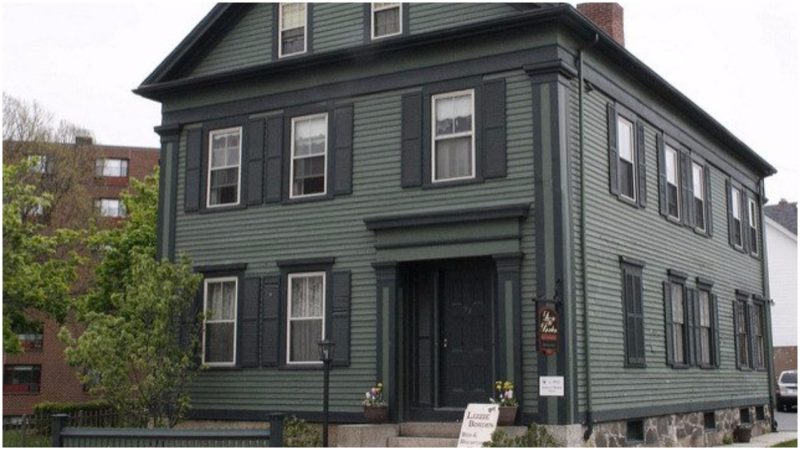It was shortly before noon on August 4, 1892, when the body of Andrew Stanton, a businessman and a member of high society was found in the parlor of his home on 92 Second Street, in Fall River, Massachusetts.
When the police arrived at the scene, the body of Abby Borden, his wife, was discovered in the bedroom upstairs. Their skulls had been smashed in with a hatchet.
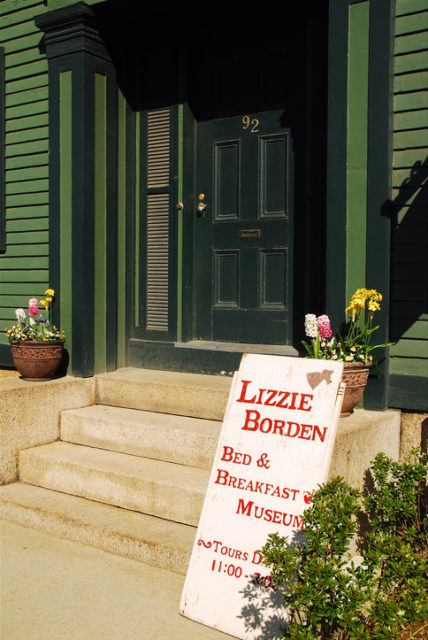
The murder weapon was located in the cellar. Their 32-year-old daughter Lizzie who also lived in the house was the number one suspect. She was arrested and charged with a double murder.
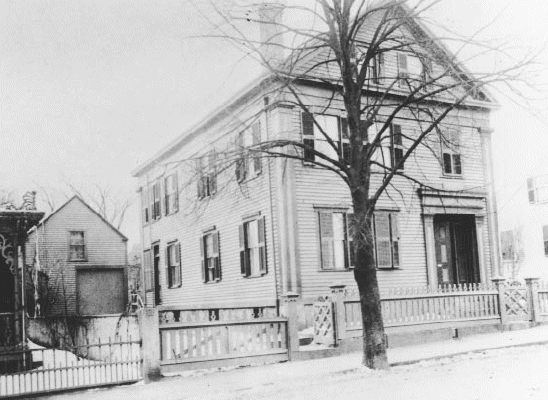
The event shocked the community and created a media frenzy, unprecedented at the time. By the time trial began on June 5, 1893, the case was already a sensation in the papers and the public interest was huge.
Many rumors, gossips, and inconsistencies within the investigation started to pour in. Stories about the Borden’s family uneasy relationship came into focus: Lizzie’s animosity toward her stepmother, many people may have wanted Andrew Borden dead because he made a lot of enemies on his way to the top. Rumors even swirled that Andrew and Abby had perhaps been killed as revenge for Andrew’s shady business dealings.
Lizzie Bordens confusing and contradictory testimony to the police tossed further controversy into the case. Also on top of that were the speculations about the police sketchy and superficial examination and Lizzie being denied having her family lawyer present during the inquiry. That made things complicated to a far greater extent.
The trial took place in New Bedford. Because of the gruesome nature of the crimes and Borden’s high society status in the community, the public interest was huge. Newspaper publishers kept printing stories, describing the murders in vivid details and speculating about possible motives, even different perpetrators. The trial proceedings themselves had a bizarre, almost circus-like quality about them.
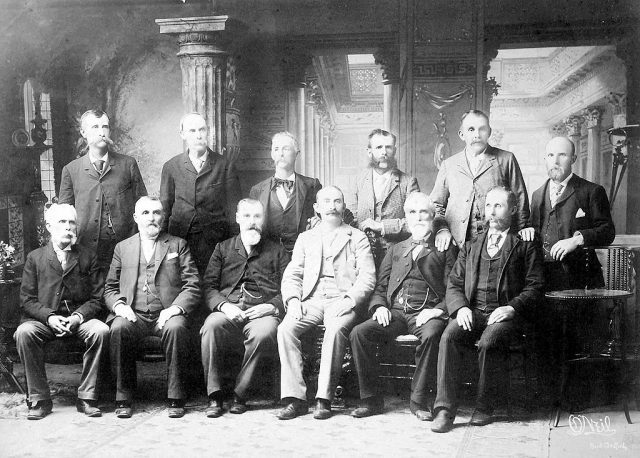
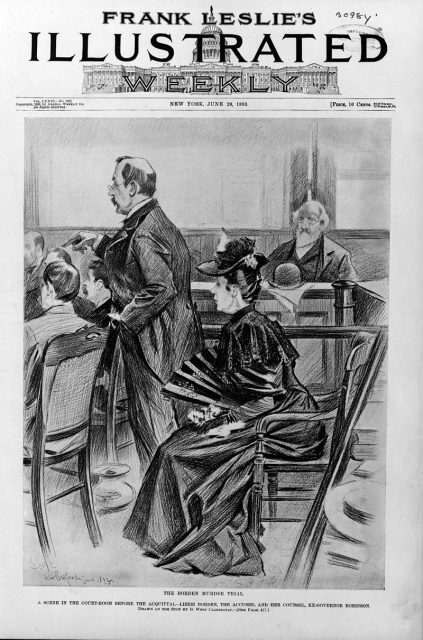
In what turned out to be a key moment in the trial, Lizzie’s defense team successfully pushed to have her contradictory testimony at the original inquest ruled inadmissible. That, combined with the lack of sufficient forensic evidence was crucial for the jury to find Lizzie Borden not guilty. After only 90 minutes of discussion, they acquitted here of all charges.
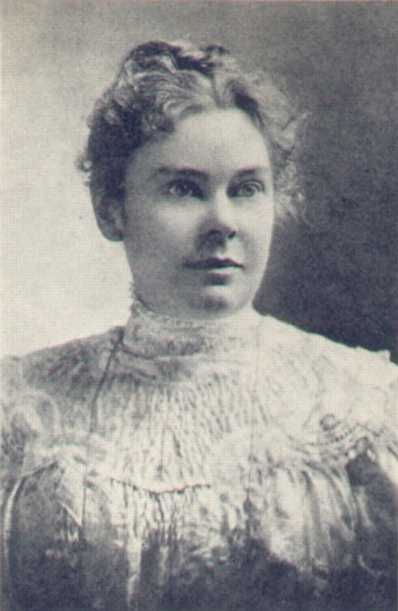
After the trial, Lizzie and her sister Emma left the estate and moved into a large, modern house in the neighborhood called “The Hill” in Fall River. A considerable settlement was paid to her stepmother Abby’s family.
Despite the acquittal, Lizzie was ostracized by Fall River society. She died of pneumonia on June 1, 1927. She left $30,000 to the Fall River Animal Rescue League, $500 in trust for the continuous care of her father’s grave and $6,000 for her closest friend and cousin which were substantial sums at the time of the estate’s distribution in 1927.
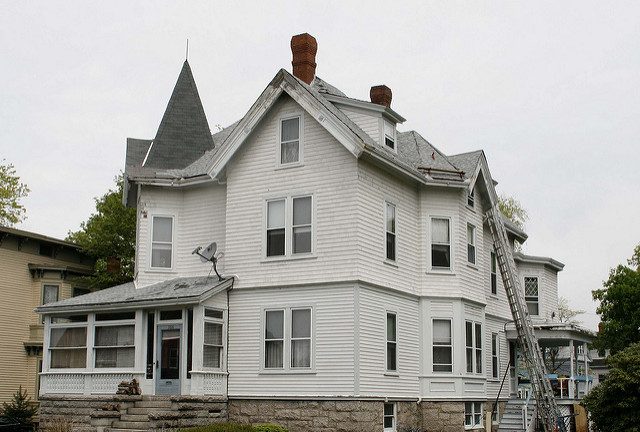
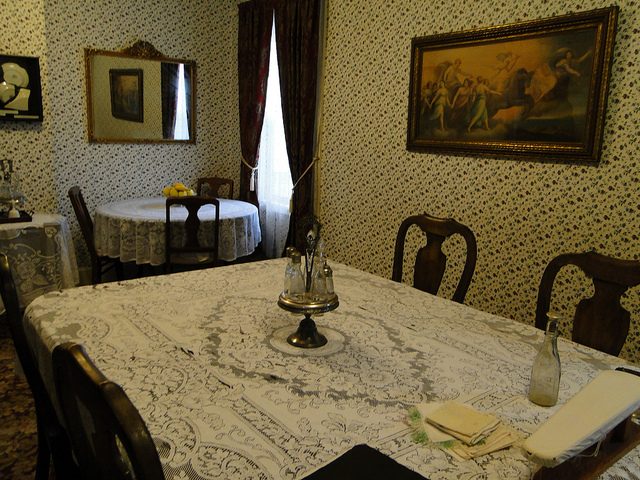
In the years since the murders, the trial and Lizzie Borden death, the unsolved mystery of the ax murders are still hugely popular. Lizzie became something of a celebrity in the true crime conspirators community. New theories, pieces of information and new insights into the crime are still pouring in.
And the house itself has become a celebrity. Today it operates as a bed and breakfast establishment and the house is filled with objects and memorabilia preserved fro the time of the murders. It functions as such since 1996 under the ownership of Martha McGinn. She inherited the house from her grandparents who bought it on August 4, 1948. Fans of the macabre can spend a night and feel and see the energy first hand of some of the spookiest crime scenes that ever happened.
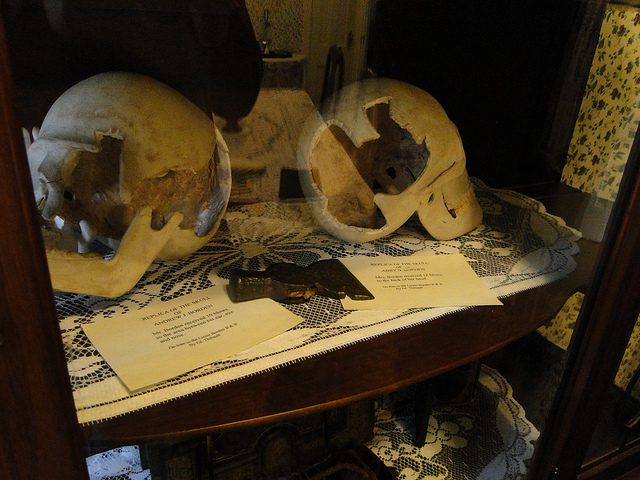
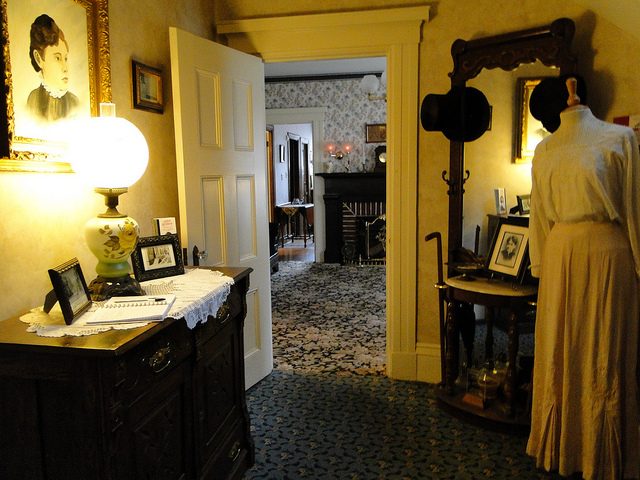
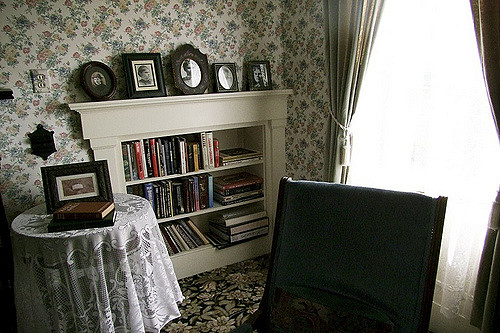
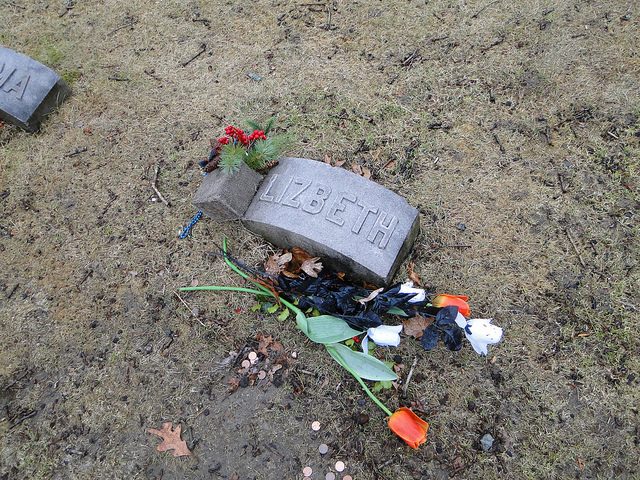
The fascination with the murders still amazes people and the house is now a living museum, a time capsule that brings you back to the time when the murders took place. The house itself generates some kind of an eerie energy. Some guests and staff members have reported that they have heard strange noises and voices of a woman crying. Others have heard the sounds of footsteps going up and down the stairs.
According to Martha McGinn, the room where Lizzie’s stepmother Abby Borden was found murdered is the most popular rental in the house.
